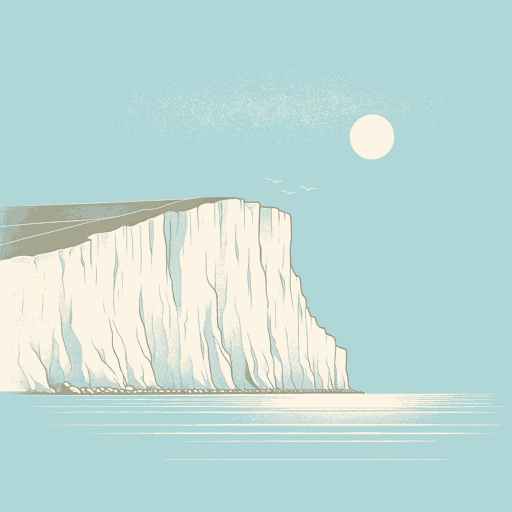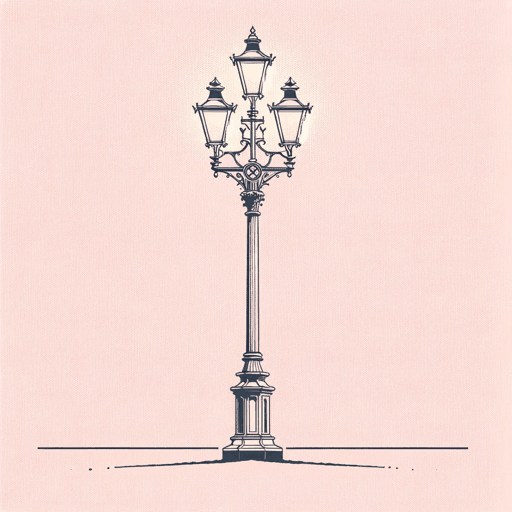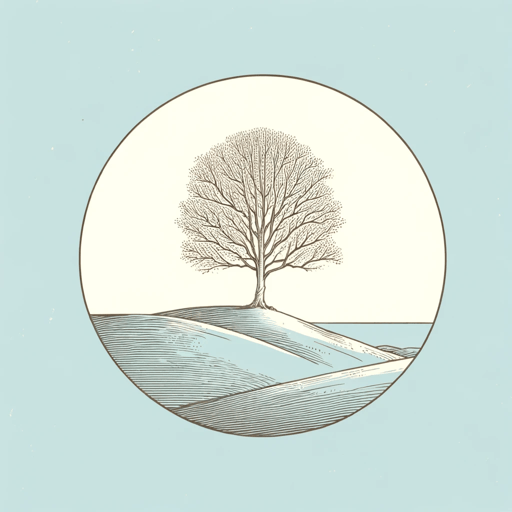25 pages • 50 minutes read
Matthew ArnoldDover Beach
Fiction | Poem | Adult | Published in 1867A modern alternative to SparkNotes and CliffsNotes, SuperSummary offers high-quality Study Guides with detailed chapter summaries and analysis of major themes, characters, and more.
Themes
Sadness and the Lost Sea of Faith
In “Dover Beach,” sorrow is as unrelenting as the waves crashing on the shore. In fact, the poem draws an equivalency between these waves and sorrow. In the first stanza, the speaker spends more lines describing the waves than he does anything else, but he doesn’t describe how the waves look; instead, he describes how they sound. The waves are dragging pebbles up and down the shore. The speaker doesn’t provide an image of the waves flecked with pebbles, and he doesn’t describe the impression the wave-dragged pebbles leave on the sand. From his position high above the beach and in the dark of night, it’s unlikely he can see these things. Instead, he describes the waves sonically. The waves pulling the pebbles across the sand produce a “grating roar” (Line 9) that has a languid, “tremulous cadence” (Line 13). The first stanza rhymes repeatedly, but haphazardly, with abacdbdcecgfg. Although these rhymes don’t follow a fixed rhyme-scheme, more often than not, they alternate—aba, dbd, cec, and gfg are all alternating rhymes. These rhymes mimic the waves which also alternate: “Begin, and cease, and then again begin” (Line 12). Like the rhymes, the sounds of the waves are unrelenting but not metronomically precise.
Related Titles
By Matthew Arnold




